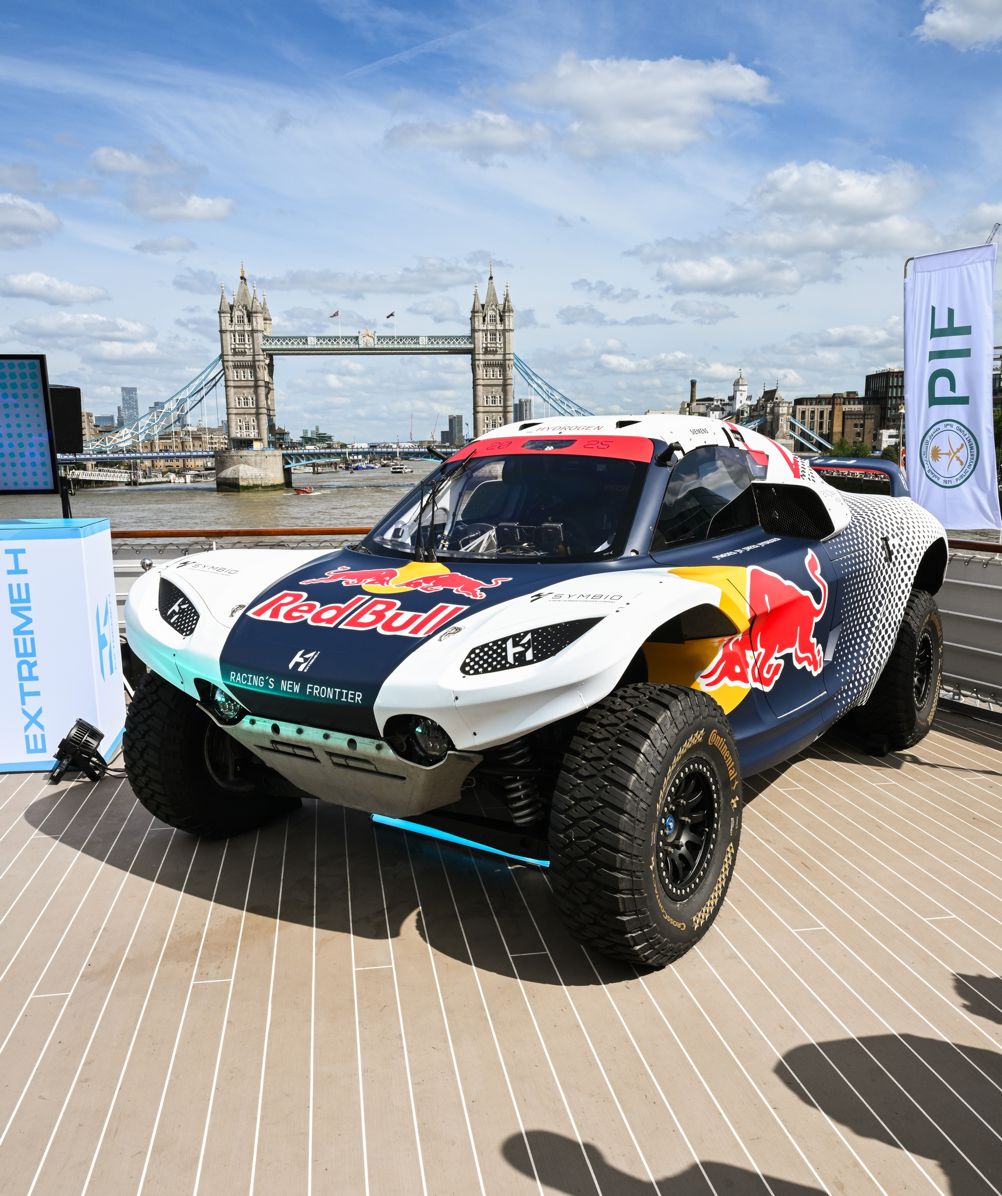There’s little doubt that consumer attitudes to electric vehicles have shifted dramatically over the course of the past ten years. Indeed, according to industry trade body the SMMT sales of EVs - which comprised 0.7 per cent of the UK’s new car market in 2018 - now account for 18.5 per cent of all new cars sold. And this figure is expected to rise dramatically as we move ever-closer to the UK’s 2035 ban on new fossil-fuel powered cars
Numerous factors have helped fuel this transition from the fringes of early adoption to the automotive mainstream not least improved battery performance and the rapidly growing availability of charge points. But one thing that also appears to have played a role is the emergence of EV racing competitions like Formula E and its off-road off-shoot Extreme E, which have provided both an eye-catching showcase of the technology’s capabilities and helped drive developments in areas like battery efficiency and size optimization.
And with the battle for hearts and minds now tilted firmly in EVs’ favour (notwithstanding the fact that there are still challenges to overcome) the team behind these much-hyped competitions is now turning its attention to another low carbon energy vector and will next year, replace Extreme E with a new series - Extreme H - aimed at doing for hydrogen what electric racing has done for EVs.
Extreme H racing dates
Slated to begin in April 2025, this new series claims to be the first ever testbed of hydrogen technology in motorsport. Whilst exact dates will be confirmed later this year the championship’s first calendar will consist of 10 rounds across 5 locations - Saudi Arabia, the UK, Germany, Italy and the USA.
The vehicle that will compete in these races - the Pioneer 25 - was unveiled earlier this summer aboard the series’ St Helena Vessel (a former cargo ship repurposed as a floating base of operations).

Against the backdrop of London’s iconic Tower Bridge, Extreme H CEO and founder Alejandro Agag (who is also Chairman and co-founder of Formula E) explained the decision to shift to a hydrogen based competition: “This launch is not just about a new vehicle; it’s about pioneering the future of sustainable motorsport…..we are undoubtedly hydrogen pioneers, the first in this space, and we are excited to showcase the potential of an element that, in large parts, remains a hugely untapped resource. The large-scale adoption of hydrogen could have enormous benefits not just across motorsport and the automotive industry, but could also unearth a wealth of positive benefits for the future of the planet.”
Under development since 2022, the car is designed and manufactured by French motorsport manufacturer Spark Racing Technology and equipped with a 75kW hydrogen fuel-cell provided by Symbio, a fuel cell startup spun out of the French research organisation CEA in 2010.
Designed and engineered specifically for motor racing the fuel cell serves as the primary energy source and provides a 75 kW charge to the battery, which is produced and supported trackside by Fortescue ZERO, the owner of Williams Advanced Engineering.
Extreme H vital statistics
The Pioneer 25’s peak 400kw (550hp) output is capable of firing the 2200 kilogram, 2.4 metre-wide car from 0-100km/h in 4.5 seconds, enabling it scale gradients of up to 130 per cent and giving it a top speed of 200km/h.
Each Pioneer 25 raced in Extreme H comprises a common package of standardised parts from Spark Racing Technology. One open area for teams is the ability to redesign front and rear bodywork and lights in order to replicate the look of everyday car models.
Mark Grain, Technical Director at Extreme E, said that the vehicle builds on a lot of lessons learned during the development of Odyssey 21, the electric SUV used in the Extreme E competition. “We’ve learnt a lot from the ODYSSEY 21…..but it’s an all-new chassis and a purpose-built racing car for the hydrogen fuel cell. Extreme E has already proven that electric vehicles can endure the harshest climatic and racing conditions, competing aggressively on challenging terrains. With Extreme H, we aim to demonstrate the same robustness and versatility for hydrogen fuel cell vehicles.”
Alongside the vehicles also using it as an opportunity to test and develop the associated hydrogen infrastructure around, for instance, refueling. “Hydrogen’s potential is immense. It’s not just about e-mobility; it’s about creating green power solutions that can be applied anywhere, from remote locations to bustling cities,” said Agag. “By launching Extreme H, we’re not only showcasing the viability of hydrogen as a fuel source but also testing the wider hydrogen ecosystem including recharging and hydrogen transportation – as well as helping to create a market for it.”

Ahead of next year’s competition, the vehicle has already undergone a testing programme claimed to be equivalent to three seasons of racing – most recently completing its first public test run at Extreme E’s Hydro X Prix in Dumfries and Galloway.
The transition to racing has drawn praise from those currently competing in the Extreme E series including Jenson Button, team owner of the JBXE Extreme E team, who said: “For Extreme E to be evolving into Extreme H is incredibly exciting and a brilliant step forward in such a short space of time for the series. To see racing of this calibre powered by hydrogen fuel cells, which will allow for even more racing with less impact, is remarkable.”
Ian James, Managing Director, NEOM McLaren Electric added: “We believe that this is a great direction for the Championship - tapping into a new technology that is currently underrepresented within motorsport…. Hydrogen provides a genuine solution for the future of mobility and Extreme H will provide an exciting platform to showcase its potential.”












Invinity to build 20MWh flow battery in UK
Yuk - batteries are horrible, poisonous, short-lived and unsustainable things. It is about time that we invested in much more compatible mechanical...